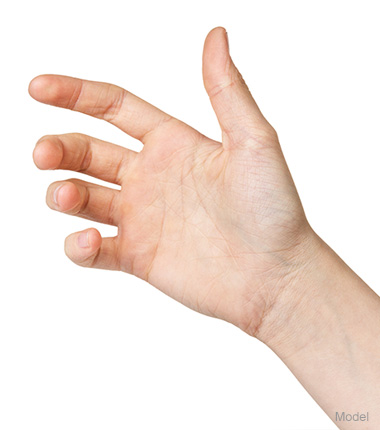Ganglion Cyst
General Information:
Ganglion cysts are common tumors found in the wrist, hand and fingers. There are many theories for the development of ganglion cysts. Ganglion cysts may interfere with hand function or cause complaints of pain. Depending on the extent and severity of this condition, complaints may not improve without surgery to remove the ganglion cyst.
Alternative Treatments
Alternative forms of treatment consist of aspiration of digital ganglii, surgically treating the condition, or injections of cortisone-type drugs into the cyst. The removal of the jelly-like fluid from the larger cysts with a needle does not permanently remove the ganglion cyst and may fail unless well compressed. Risks and potential complications are associated with alternative surgical forms of treatment.
Follow up after surgery is usually within 7-10 days post op. You should call the office at 204 231 1542 for your appointment time. If Dr Dolynchuk deems Physiotherapy necessary they will contact you after surgery on or around day 5.
Risks of Ganglion Excisional Surgery
All surgery and medical procedures carry some degree of risks and/or complications. It is important that you understand that complications are a part of the post surgical process. The majority of our patients do not experience any complications. However, a small minority may. We do our very best to avoid any complications but if they do occur we do our best to treat them as soon as possible.
Bleeding/Hematoma- It is possible, though unusual to have a bleeding episode after surgery. Should it occur, apply pressure for 3 minutes and go the hospital emergency department. A hematoma appears as a lump and is painful. It has to be drained, go the hospital emergency department.
Infection- Infection in the surgical sites is possible. If there is redness, pain swelling, foul smelling pus/discharge or you have an oral temperature over 100.4 degrees Fahrenheit contact the office. Antibiotics or additional surgery may be necessary.
Scars- All surgical procedures produce a scar. Scars range from almost an invisible line to a thick ropey one. We cannot predict who will form unsightly scars. Scars initially may be a bright red color and then tend to fade over time.
Change in Skin Sensation- Sometimes an area may experience numbness or tingling. This may be temporary but it can also be permanent.
Delayed Healing- Wound separating or delayed wound healing is possible. It can depend on many factors such as: quality of skin, general health and dressing care. There can be skin loss and further surgery to remove the non-healed tissue.
Smoking- After your surgery it is important not to smoke (minimum 6 weeks) so the tissues heal properly. Smoking has been shown to increase post surgical complications and delay healing.
Pain- There may be some additional discomfort caused by swelling and bandages. We want you to be as comfortable as possible after surgery. Use Tylenol only for pain in the first 24 hours, then Advil for pain may be used after this.
Allergic Reactions- In rare cases patients may experience local allergies to tape, sutures or topical preparations. Please inform us prior to surgery if you have any allergies (ex. Latex, Aloe Vera, etc.). Patients may also experience allergies from anaesthetics (ex. lidocaine) and topical antibiotics like Polysporin®.
Unsatisfactory Result- There is a possibility of experiencing an unsatisfactory result. Some patients may not have realistic expectations. On occasion, several surgeries and/or treatments may be required to achieve the desired result that the patient wants. Surgery is not an exact science. Results are affected by a variety of factors such as skin quality, body type and proportions, age, etc. Sometimes you may need secondary surgery. Although good results are expected and we try to achieve them we do not warranty them.





